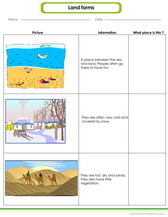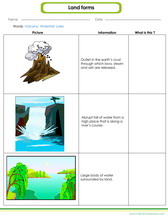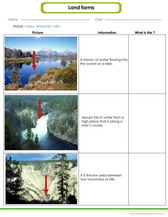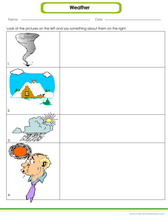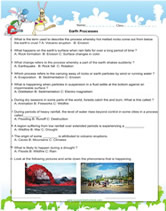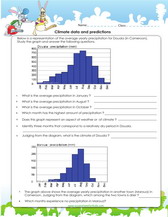e-Learning For Developing Countries
E-learning for developing countries - Although e-learning has been well established in developed societies, most developing countries are still lagging. The advantage of e-learning duels in its ability to operate on digital platforms which can be accessed from any part of the globe provided there is internet access. Furthermore, its versatility extends teaching and learning time way beyond the confines of space (in a classroom) and time (limited school hours). Furthermore, e-learning is cost effective and offers the highest quality of education and the possibility of wider global networking of learners who can share ideas and resources at any given time. The advantages of e-learning cannot be overstressed yet, most developing countries are still falling behind. Hence this article seeks to identify strategies for e-learning that could be adapted for developing countries. But first let’s identify some challenges still keeping these developing
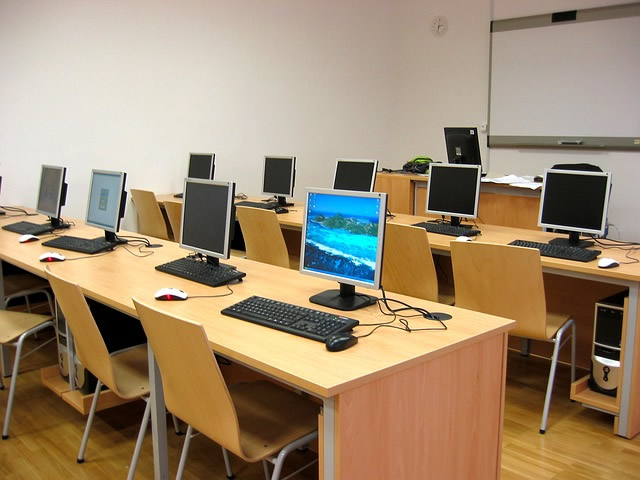 societies in their current state.
societies in their current state.
- According to a UNESCO (2013) report, most parts of Africa still perceive the concept of internet technology as a mystery. This also corroborates the generally low literacy level in most African countries estimated at less than 20% for most Sub-Saharan countries.
- Poverty and the lack of basic infrastructure like electric grid networks make it impossible to operate equipments like computers and tablets that are very useful for e-learning.
- The cost of internet services versus the monthly income for the average citizen is still relatively high in most developing countries.
Having in mind the previously mentioned problems, some simple ways of introducing e-learning in developing societies is as follows:
- Ensure the existence of a power supply through alternative sources of energy like solar power.
- Prioritize online materials that can be used offline. For example download videos and watch them later on a computer or tablet with or without an internet connection.
- Install free educational apps on devices (android, IOS or Windows) which do not warrant internet access to function.
- Equipments like Tablets and laptop computers that can be transported even to the most remote areas should be preferred over desktop computers which require more logistic to transport and install.
- Printable materials should also be downloaded for use in the classroom e.g. worksheets, PowerPoint’s, puzzles and more.
- Until internet access becomes widespread, users will mostly rely on a blended strategy of a traditions classroom approach and complemented e-learning.
The opportunities of e-learning are man and it is time for investments to be done in this area. Although this may take some time, there have advances in technology in countries like India where inventions like cheap tablet computers have made it affordable for most people. Countries in Africa are also investing in internet and power infrastructure and the diffusion of internet technology amongst the younger generation is getting faster and better.

